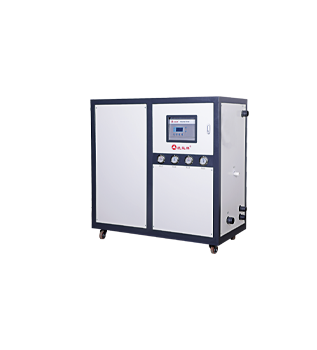
When the central feeding system malfunctions, the following troubleshooting and repair procedures can generally be followed:
Troubleshooting
Preliminary observation: Firstly, observe the overall operation of the system to see if there are any obvious abnormalities, such as abnormal noises or odors from the equipment, damage or leaks in the pipelines, and error messages on the control interface. At the same time, check the supply of materials to see if there are any issues such as supply interruption or abnormal supply volume.
Check the power supply and circuit: Confirm whether the power supply of the system is normal, and check whether each electrical component and circuit is loose, short circuited, or open circuited. Check if the circuit breakers, relays, etc. inside the distribution box are working properly and if there are any signs of overheating or burning.
Check sensors and controllers: Check various sensors in the system, such as level sensors, speed sensors, etc., to see if they can work properly and if signal transmission is stable. At the same time, check if the parameter settings of the controller are correct and if there are any fault codes displayed. If so, search for the cause of the malfunction based on the meaning of the code.

Check the conveying pipeline and valves: Check whether the conveying pipeline is blocked, damaged, or leaking. Focus on inspecting the bends, connections, and other easily clogged parts of the pipeline. At the same time, check whether each valve can open and close normally, and whether there are any problems such as valve jamming or leakage.
Check feeding equipment: Inspect feeding equipment such as hoppers, measuring devices, screw conveyors, etc. Check whether the material in the hopper is sufficient, whether the material is clumped or bridging affects the discharge. Check whether the measuring device is accurate, whether the spiral blades of the screw conveyor are worn, and whether the motor is running normally.
Fault repair
Simple fault repair: For some simple faults, such as loose electrical circuits, stuck valves, etc., they can be directly repaired. Reconnect and tighten the loose circuit, clean the impurities in the valve, and restore normal opening and closing.
Replace damaged components: If sensors, motors, and other components are found to be damaged after investigation, they should be replaced with new components in a timely manner. When replacing, pay attention to selecting the appropriate model to ensure compatibility with the original system.
Adjust parameters and settings: If the fault is caused by incorrect controller parameter settings, readjust the parameters according to the actual operating conditions and requirements of the system. After adjustment, a trial run should be conducted to observe whether the system has returned to normal.
Cleaning and maintenance: For issues such as pipeline blockage and material clumping, the system needs to be cleaned. After cleaning, conduct comprehensive maintenance on the system, such as adding lubricating oil, replacing worn parts, etc., to prevent similar faults from happening again.
Testing and validation: After completing the repair, conduct comprehensive testing of the system, including no-load and load operation. Check whether the various performance indicators of the system have returned to normal, and whether the material supply is stable and accurate.
